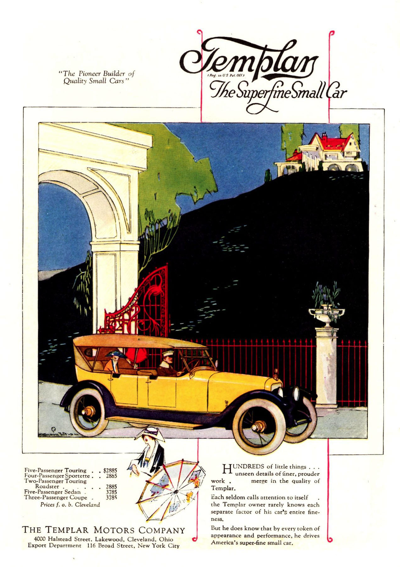
Currently Uploaded Documents
The Automotive History Preservation Society Digital Documents Library provides these materials for educational, or research, or personal use. You should not republish these materials for financial gain without informing the original author or publisher
| Image | Title | Year | Model | Document Type | hf:tax:related-year | hf:tax:related-model | hf:tax:doc_type | |
|---|---|---|---|---|---|---|---|---|
 | 1920 Templar Ad “Templar was conceived…” | 1920 | Print Ad | View | 1920 | print-ad | ||
 | 1920 Templar Ad “The Templar car is all that is claimed…” | 1920 | Print Ad | View | 1920 | print-ad | ||
 | 1921 Templar Ad “Hundreds of little things…” | 1921 | Print Ad | View | 1921 | print-ad | ||
 | 1918 Templar Touring Car ad “The first superfine small car” | 1918 | Print Ad | View | 1918 | print-ad |
